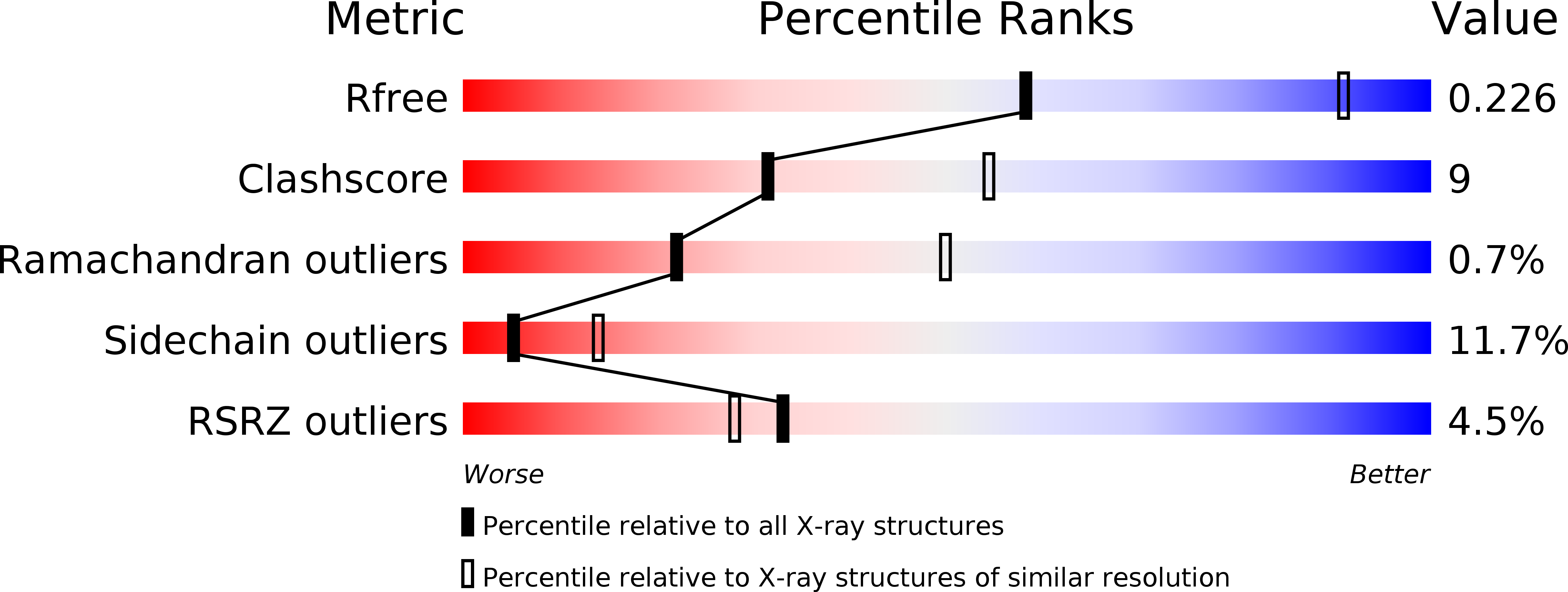
Deposition Date
2006-12-03
Release Date
2008-01-08
Last Version Date
2024-10-23
Entry Detail
PDB ID:
2JB6
Keywords:
Title:
Fab fragment in complex with small molecule hapten, crystal form-2
Biological Source:
Source Organism:
HOMO SAPIENS (Taxon ID: 9606)
Host Organism:
Method Details:
Experimental Method:
Resolution:
2.85 Å
R-Value Free:
0.28
R-Value Work:
0.22
R-Value Observed:
0.23
Space Group:
P 43 21 2


